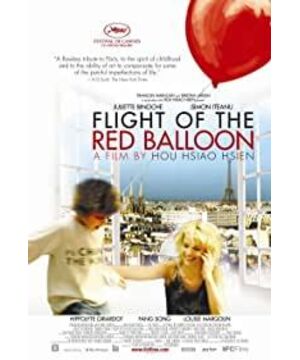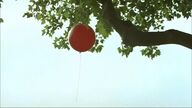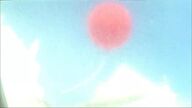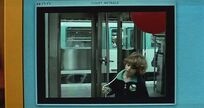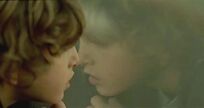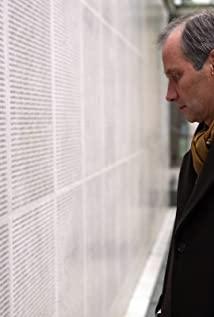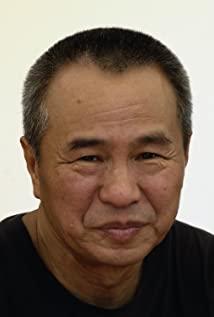Taiwanese director Hou Hsiao-hsien has made two non-native language films so far, both of which are in the name of so-called "salutations", but in fact they have little to do with the object of the tribute. Audiences who have watched "Coffee Time" are very clear that they are completely different from Works by Yasujiro Ozu. This "Red Balloon Journey" is exactly the same, ostensibly a tribute to the short film "Red Balloon" shot by French director Albert Lamorisse in 1956, but regardless of the theme of the film or its core symbolic meaning, Completely out of the constraints of the original. Hou Hsiao-hsien tried to use his own shooting method to complete the composition of the proposition of the Musée d'Orsay, and naturally integrated into the Chinese culture and the eyes of the Orientals.
After entering the millennium, Hou Hsiao-hsien's works gradually dilute the narrative and focus on the state of the characters and the atmosphere of the environment. From "Millennium Mambo" to dabble in this kind of atmosphere building, to "The Best of Time" three-stage trial and error phase, while "Coffee Time" and "Red Balloon Journey" unexpectedly got the opportunity to shoot in foreign countries , to appreciate the breath of different cultures and environments, thereby further expanding this experimental style of diluting narrative.
This "Red Balloon Journey" does not have a distinct narrative core like "Coffee Time". If the "plot" of her daughter's unmarried pregnancy was revealed at the beginning of "Coffee Time", it continued to the end of her showdown to her family. If people can still see the vague outlines of traditional narrative films, then this "Red Balloon Journey" is completely a trivial fragment of life flow, and the audience cannot predict and expect the so-called dramatic climax. A single mother with a fickle temper, a lonely and sensitive little boy, and a part-time nanny for an international student from Beijing, the life trajectories of the three unexpectedly intersect. The film has a composite meaning of fiction and record. The female student in the film is also studying in France, and the heroine Juliette Binoche has always been interested in traditional Chinese culture.
Hou Hsiao-hsien once again displayed the charm of his long-lens shots, perfectly restored every detail of French life, and captured the rhythm and poetry of life through precise camera positions and angles, especially a large number of pictures separated by glass and mirror reflections, hazy. Light and blurred portraits portray the characters' alienation and loneliness. And equally wonderful is the scheduling of the interior space. Many scenes in the play take place in the heroine's small duplex apartment, from the dining table to the kitchen, to the living room and the attic. The slow-moving camera records the stillness and movement of the characters in a small space, and the impromptu dialogues throughout the whole process reveal the vivid smell of everyday fireworks.
Towards the end, the scene where the blind tuner appeared was particularly impressive to me. On the one hand, the tuner was calibrating the sound of the keys. On the other hand, the heroine was arguing with the neighbors outside the door. Sitting in front of the TV and playing games, the international student nanny is watching the changes. The whole picture is like lonely planets walking in orbit with each other without disturbing each other. The monotonous music from the piano even became the background music, which was inadvertently captured. An indescribable quality of life.
It is said that Hou Hsiao-hsien liked the French director's "Red Balloon" very much. He believed that the original work was enough to represent France at that time, so he continued the plot of the red balloon and the boy into his work. However, in the film, the elusive red balloon is a bit confusing and a bit awkward. Its symbolic meaning seems to be different from the original work, it is more like the observation and myth of Westerners with traditional Chinese thinking. The Chinese elements embedded in this script can be seen everywhere: the puppet masters, the international students who came to Paris from Beijing, and the heroines who are also fascinated by Chinese culture. These character designs that break the cultural barriers between the East and the West may be alluding to the unimpeded flow of globalized thinking in France, but this seemingly non-existent topic has absolutely nothing to do with the life style of the film, which makes the look and feel somewhat discounted.
View more about Flight of the Red Balloon reviews


